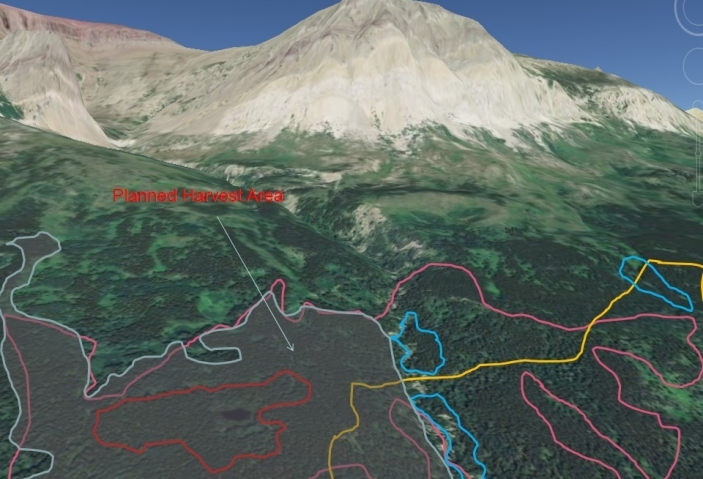Certes Applied and Natural Science Ltd. (Certes) is an established, multi-disciplinary, resource consulting company based in Kamloops, BC that operates throughout Western Canada. Certes specializes in Engineering, Natural Resource Management, Traditional Land Use Studies and Information Management. In 2015, Certes completed a project on Geospatial Prediction of Landslide Hazards in British Columbia on behalf of the National Research Council’s Industrial Research Assistance Program (NRC-IRAP).
Within this project, our team innovated a new geospatial-based methodology for predicting landslide susceptibility in British Columbia. For more information about our services, please Contact Us.
CLIENT: National Research Council’s Industrial Research Assistance Program (NRC-IRAP)
YEAR: 2015
LOCATION: Provincial Wide- British Columbia
Background
Landslides are a naturally occurring part of the erosive geomorphic process. Landslides occur naturally in many instances but sometimes as a result of man’s interaction with the environment. Landslides result in loss of property, loss of opportunity and loss of life. Although not all landslides result in catastrophe, the damage from many small landslide events can add up and exceed the impact of a single major failure. Two factors that have impeded the investigation of landslide susceptibility in many parts of British Columbia, particularly in the most susceptible high-risk zones, include the absence of a readily accessible, publicly available provincial landslide database system for BC, and a measured approach to mapping and quantifying hazardous slopes. In the worst case scenario, development has been permitted on slopes that may be prone to failure and that lack adequate slope stabilization work. This project innovated a new geospatial based methodology for evaluating landslide hazards in British Columbia, by creating a mapping layer that will provide a coarse layer of predicted landslide susceptibility.
Project Objective
- Create a spatial and aspatial web based inventory of known landslides in BC and a tabular cause/effect relationship to understand specific areas of high risk/high value.
- Using a blended statistical and heuristical approach, create a hazard map, using a defined study area that is able to extrapolate the high risk/high value relationship onto an actual landbase and measure the effectiveness of the predictive model.
Certes Solution
Certes has researched the various methodology available worldwide in predicting Hazard and Susceptibility of landslides. Certes has collated this research and examined the validity of the data models for use in BC. Certes has also investigated the presence/absence of any provincial landslide databases and has worked with geologists and geotechnical engineers to identify the business case for creating this landslide database.
Certes used the following approach to successfully complete this project:
Background Research
Certes extended its existing research to include further research specific to the BC landbase. All research was colligated and referenced for future use. Certes collected known landslide information from all available sources to add to the new landslide database.
Collection of Digital Data
Certes collected digital data for a specific study area, located in the Columbia-Shuswap regional district where Certes has known landslide information. Certes worked from a known base of elevation data either acquired from the regional district or from existing LiDAR data. The need for slope and aspect data layers necessitated the development of a Terrain Surface Model (TIN). Several data layers were required for developing a surface model, these included digital contours, river, roads, watersheds units. Certes also accessed all known provincial, regional district and municipal landslide datasets to feed the landslide database.
Multi-Data Matrix Creation and Evaluation
Certes constructed a hazard map using weighted Boolean overlay by converting the data layers into a raster based grid. The minimum size resolution of the grid was determined by the size of the area and the resolution of the input layers but typically a 50x50m grid was constructed for this project. Then a final Boolean map of susceptible locations was produced. The weighted window imposes a strict form of selection where only those satisfying all the conditions progressed to the next query. Certes worked with geotechnical engineers and geologists to heuristically determine certain factors within a model that were of more significance than others. Accordingly, each condition within a model was assigned a numerical weight based on the prevalence of the condition at landslide sites.
Hazard Model Selection and Implementation
Through the Multi Data Matrix approach, potential landslide susceptibility was determined by comparing the conditions involved in existing landslides to the conditions existing throughout the area of interest. The project team worked with the model to refine the multi Data matrix outputs with known landslides in the area to define areas of 100% predictability or under-estimates and over-estimates. The final analysis was run across the landbase and the potential for field checks will be evaluated as a next phase of this project.

